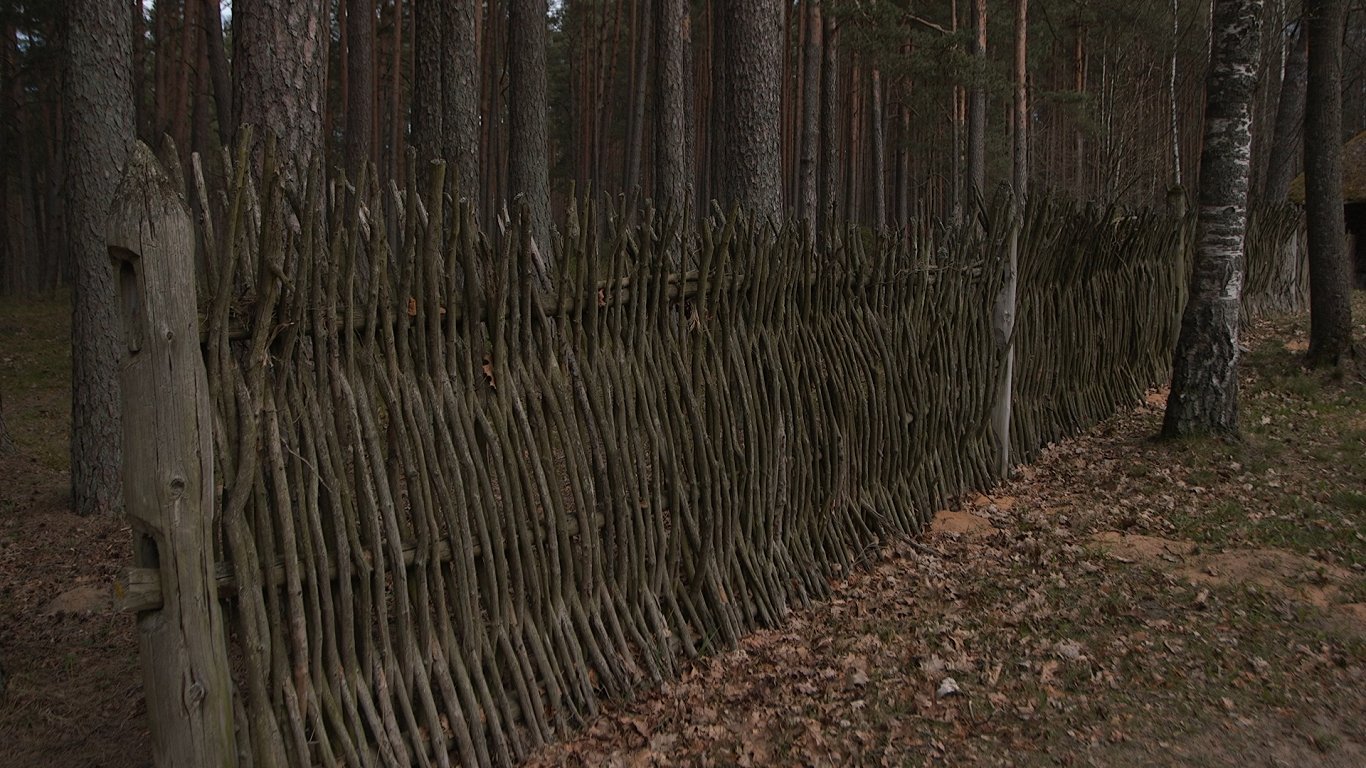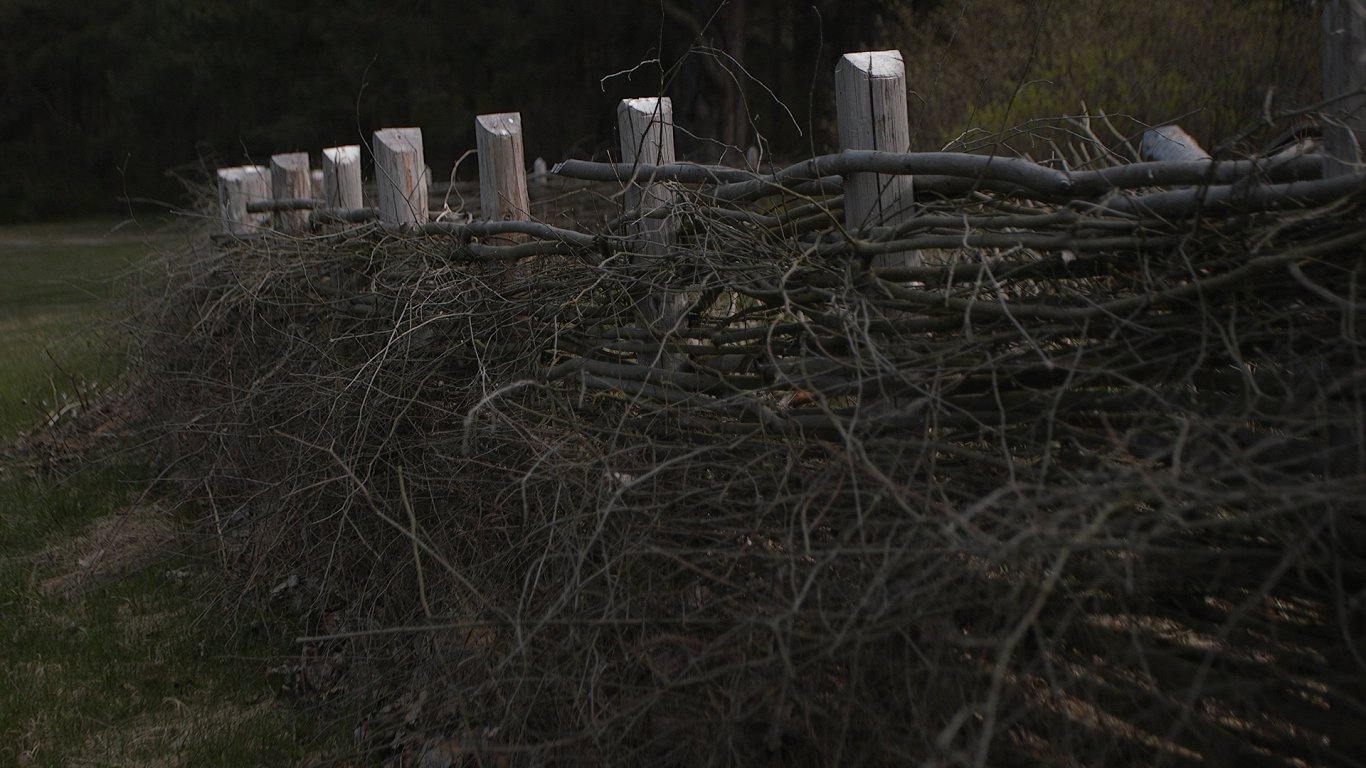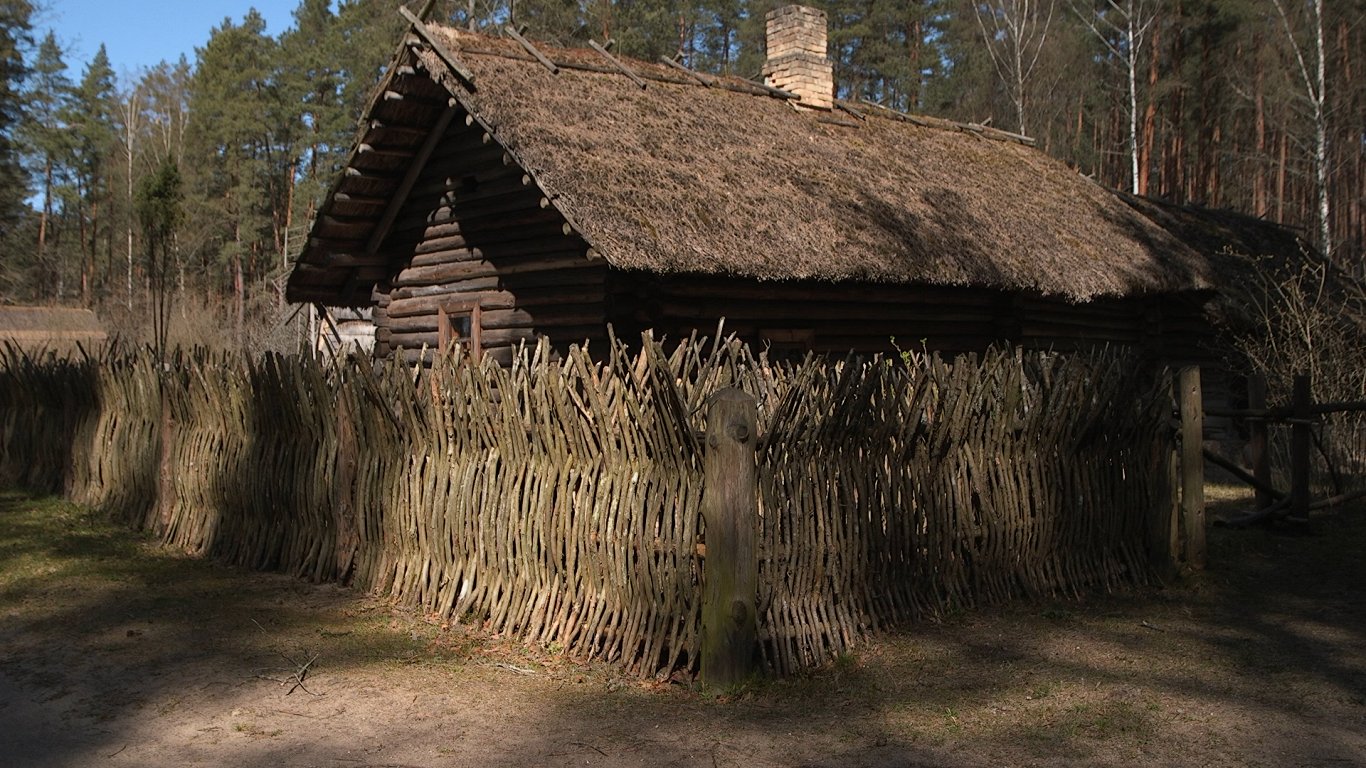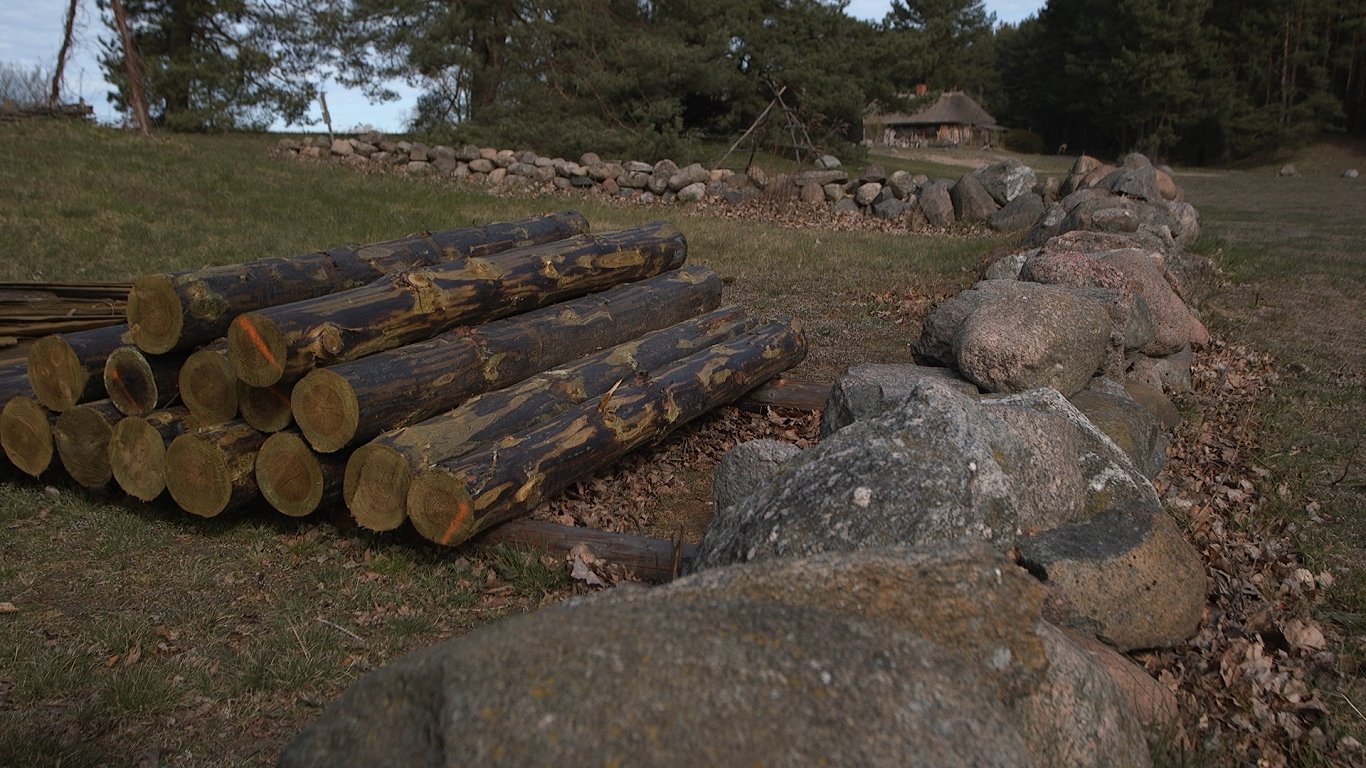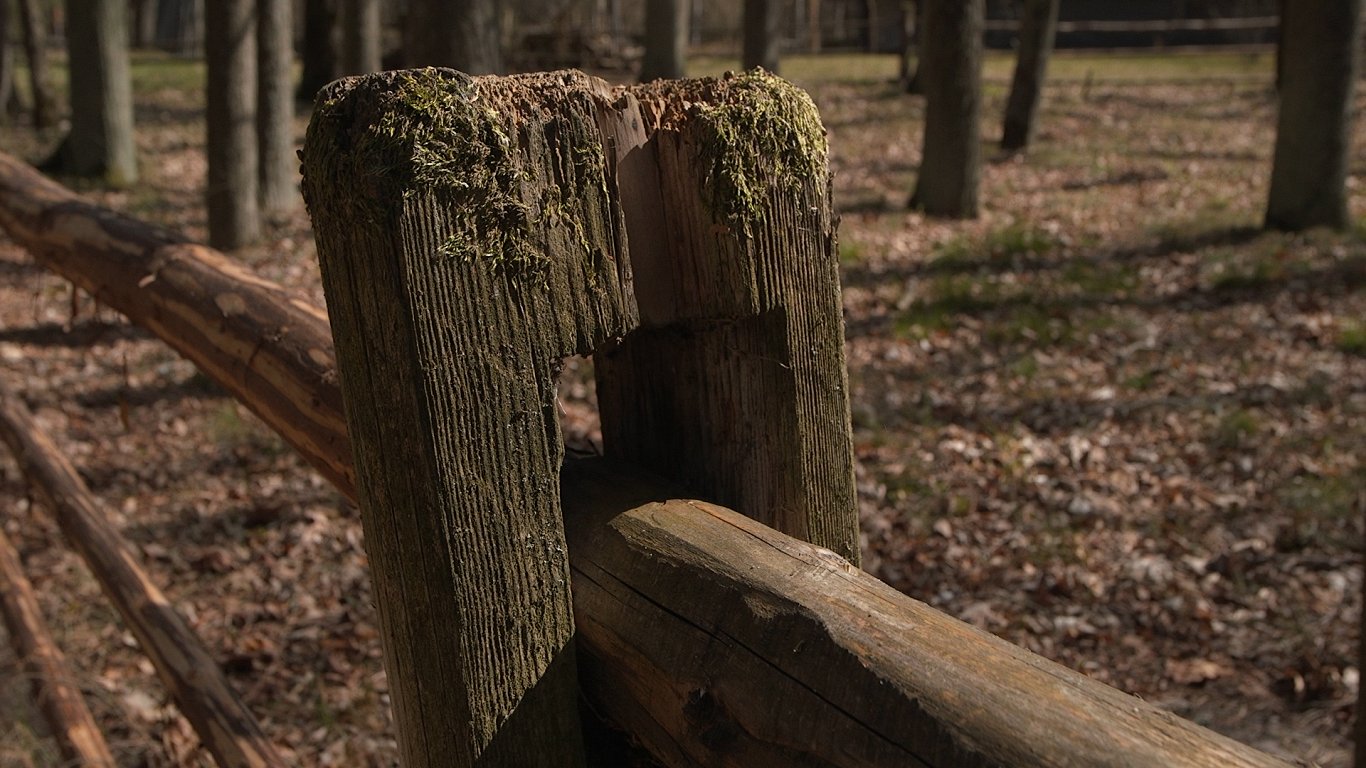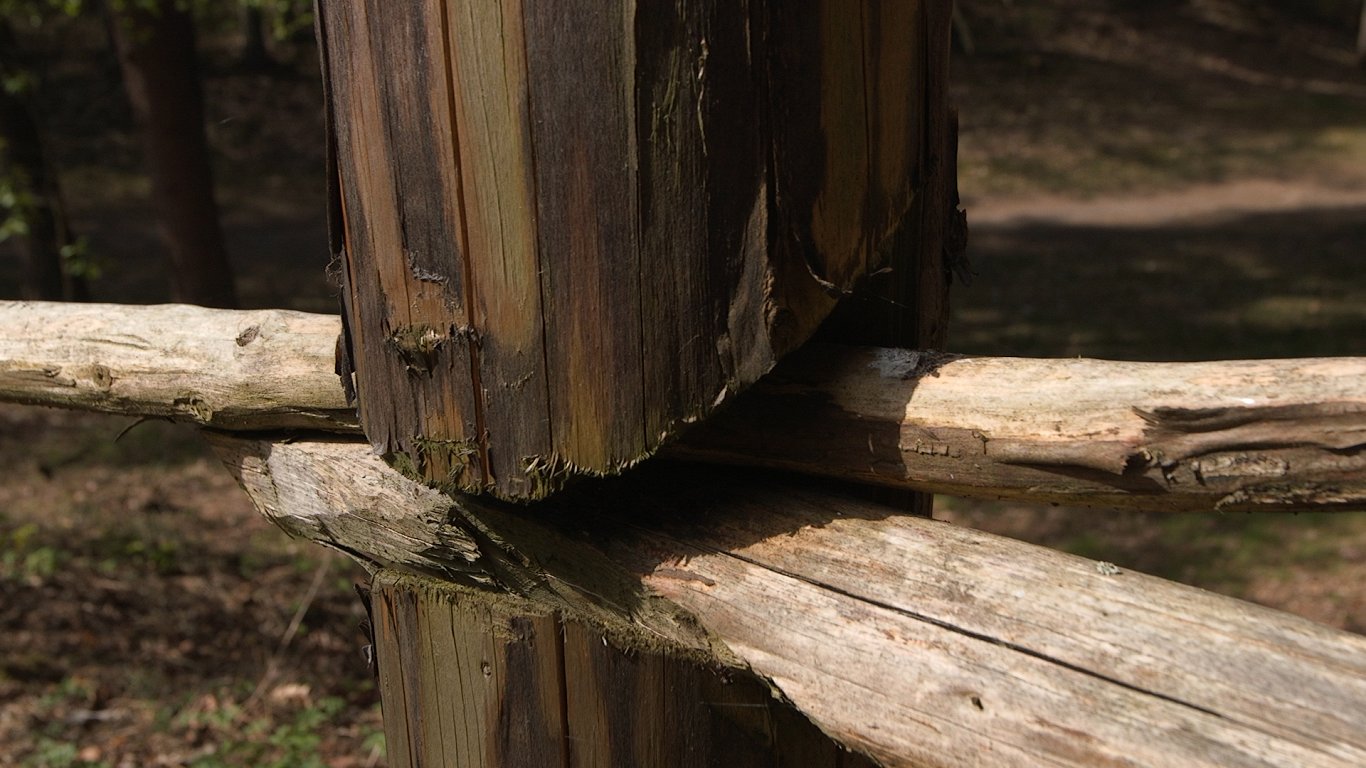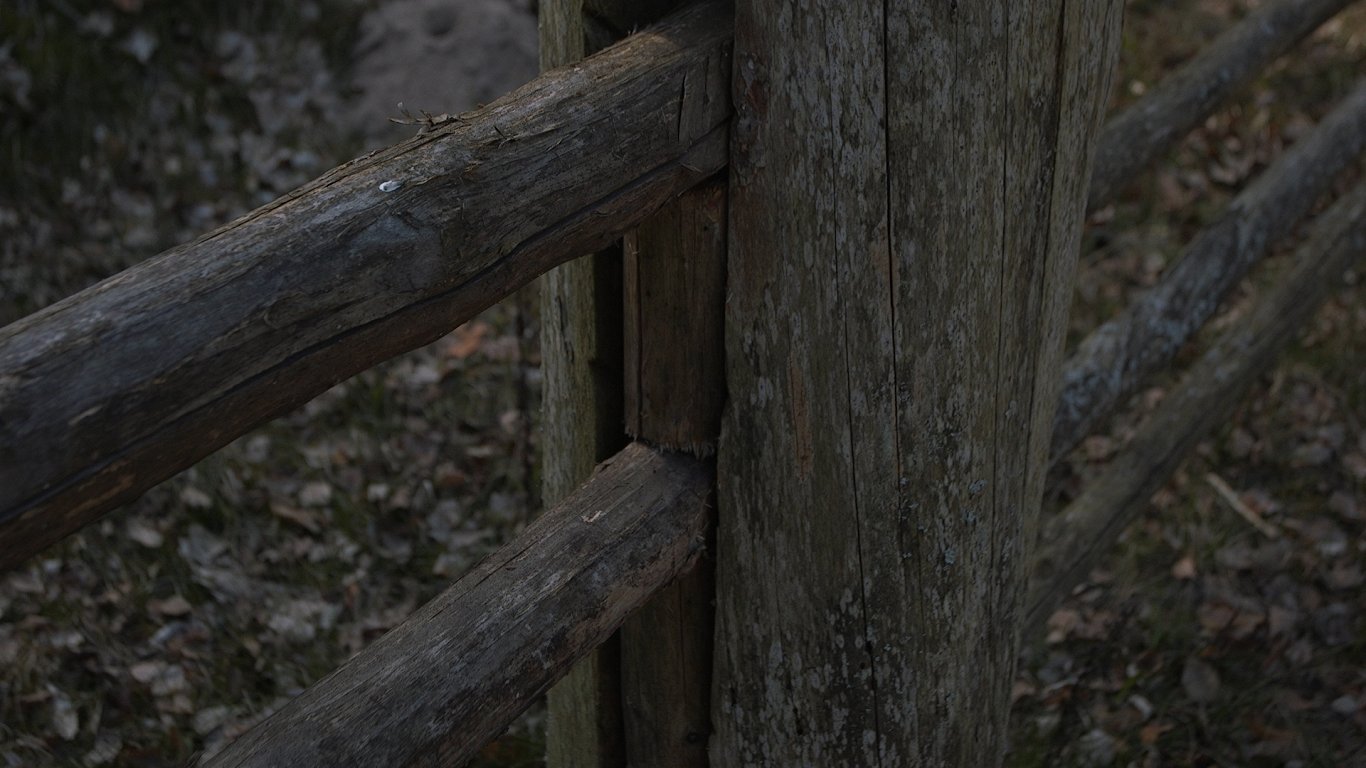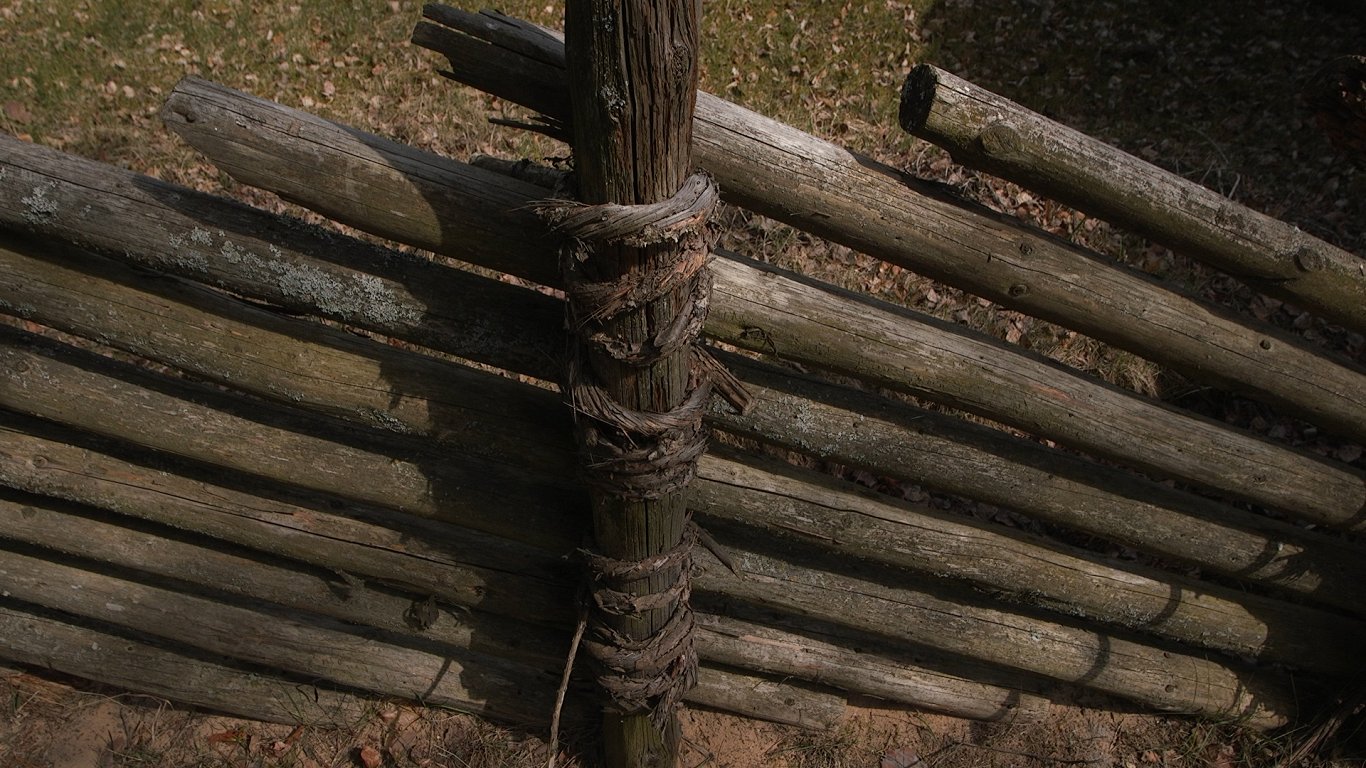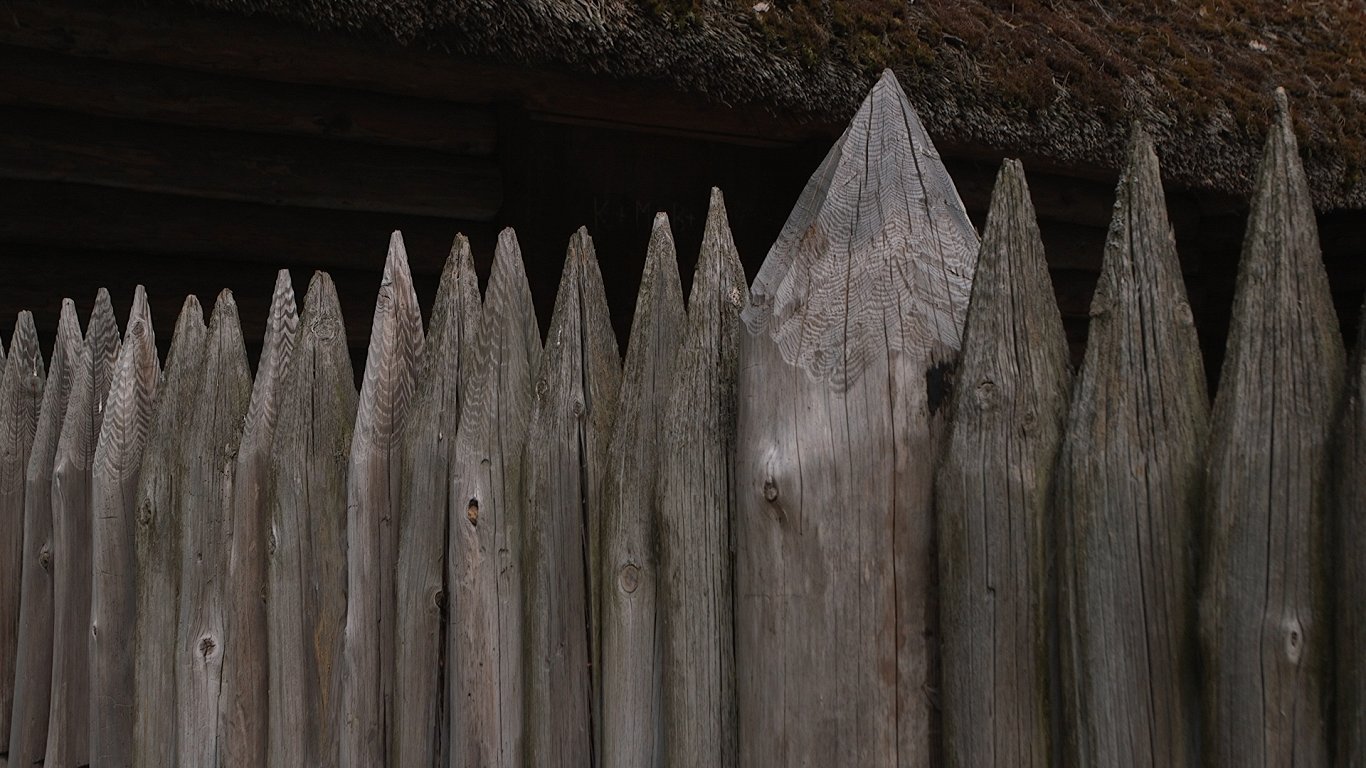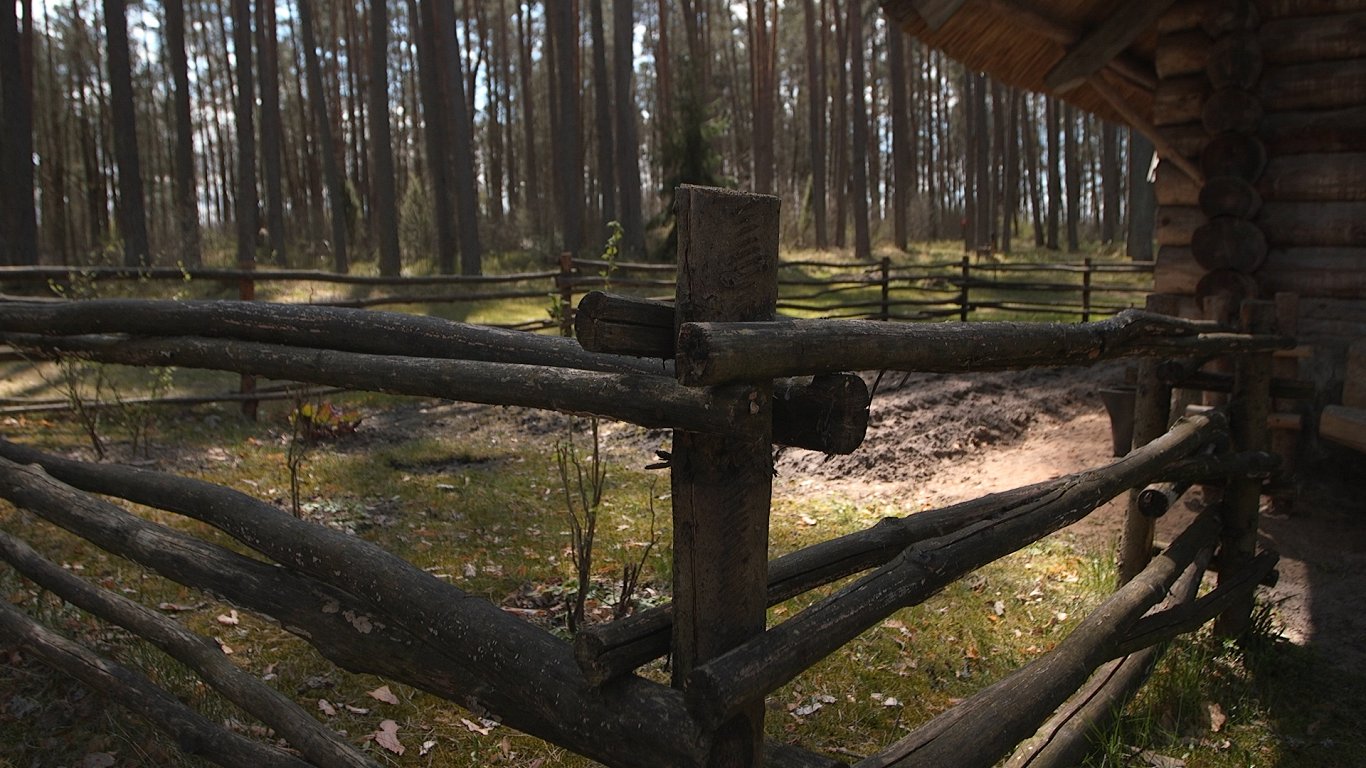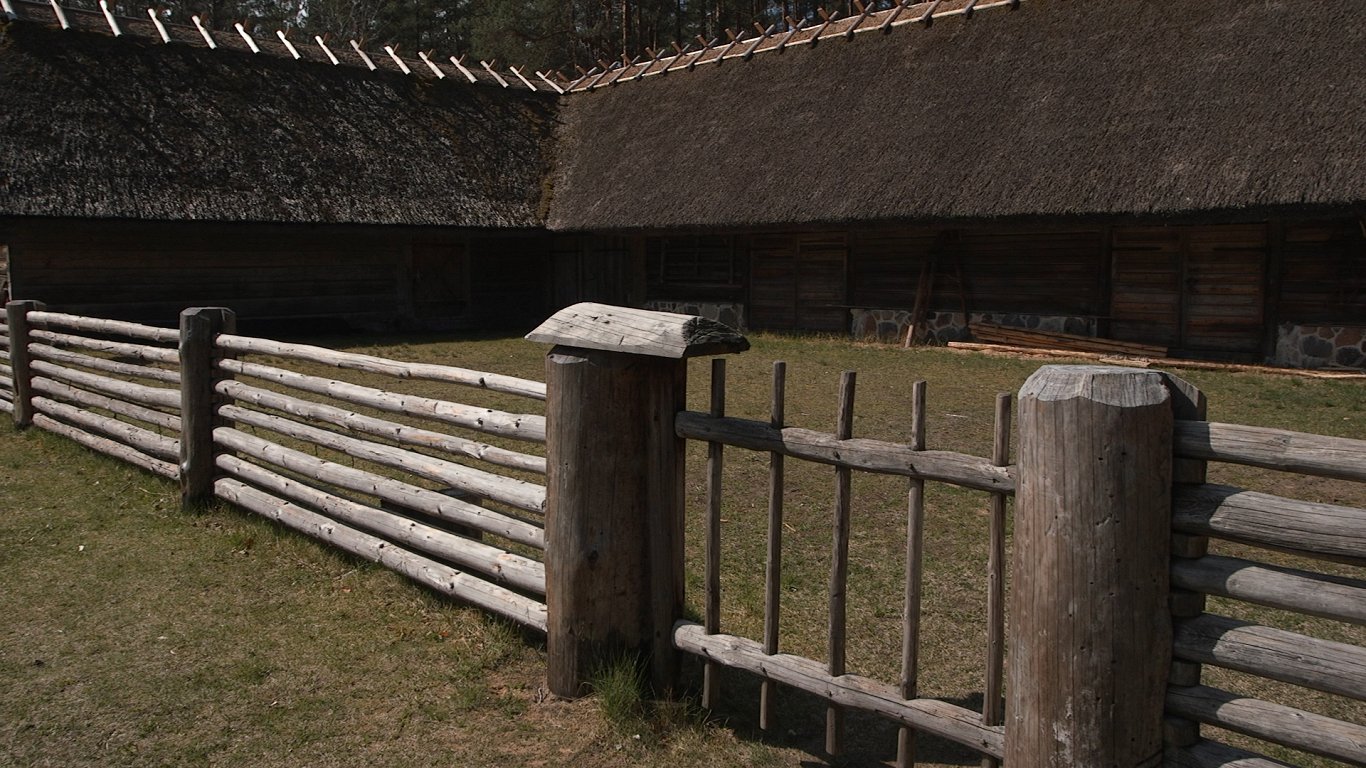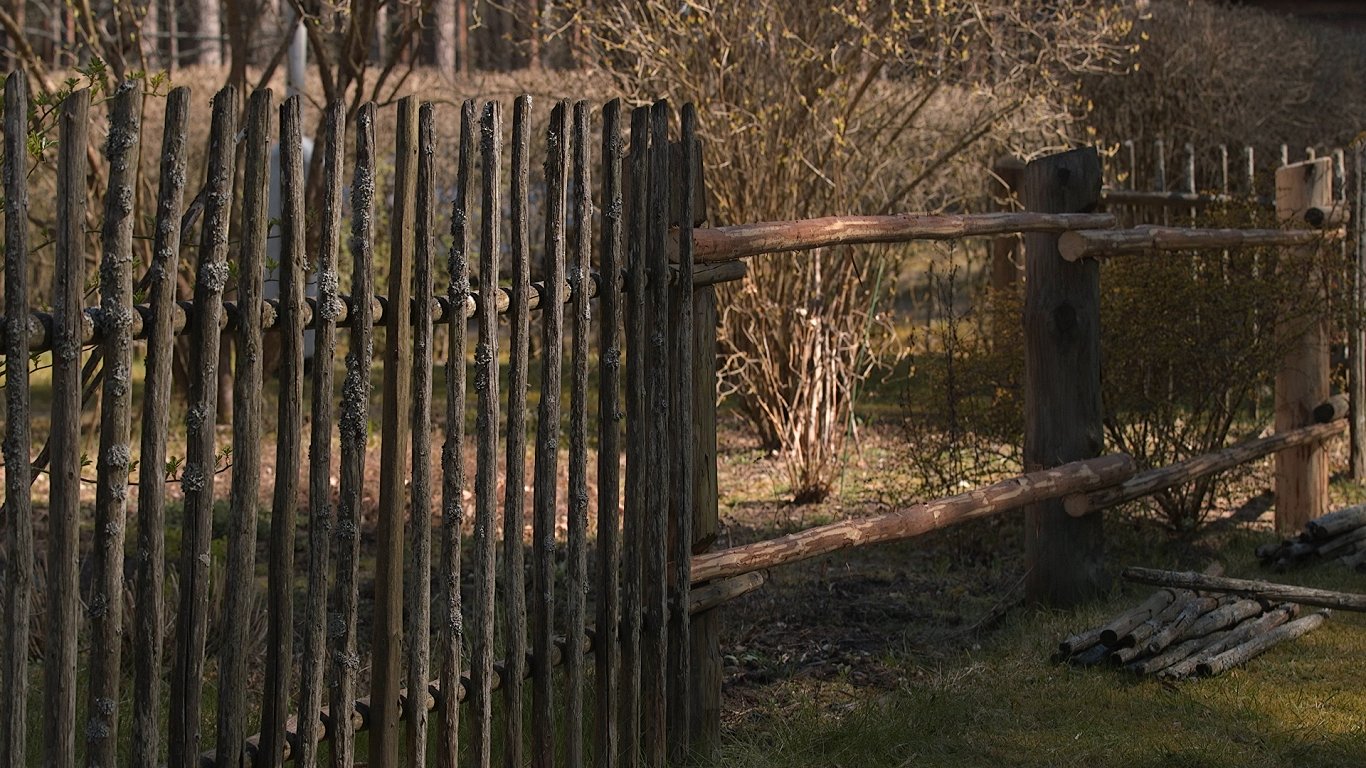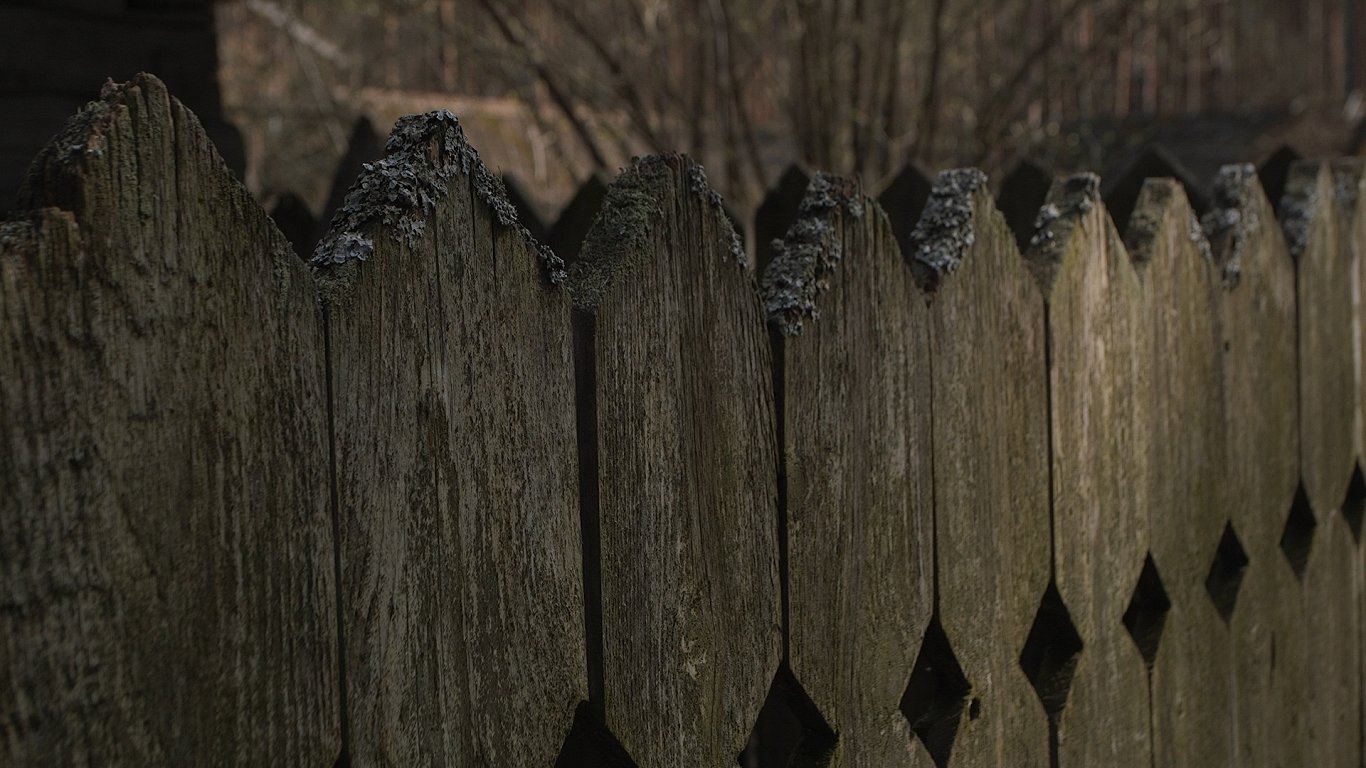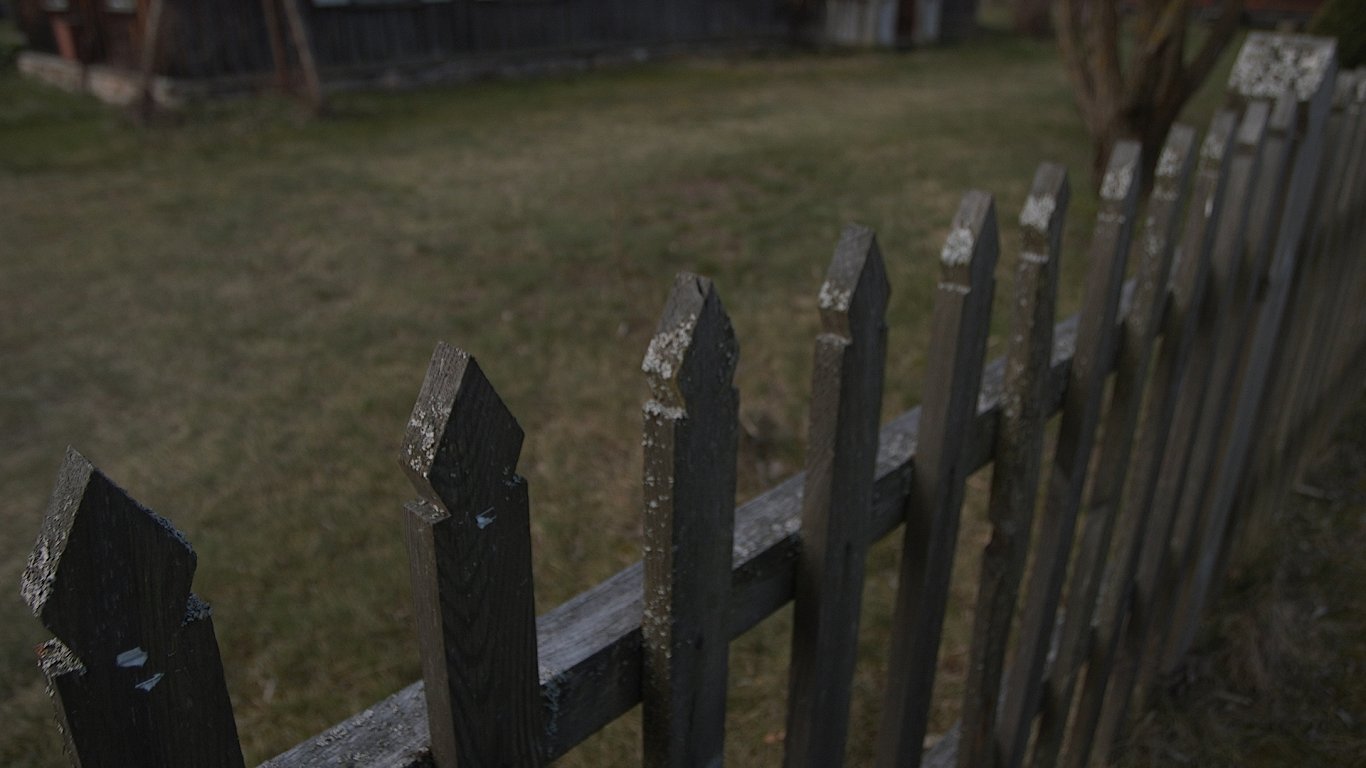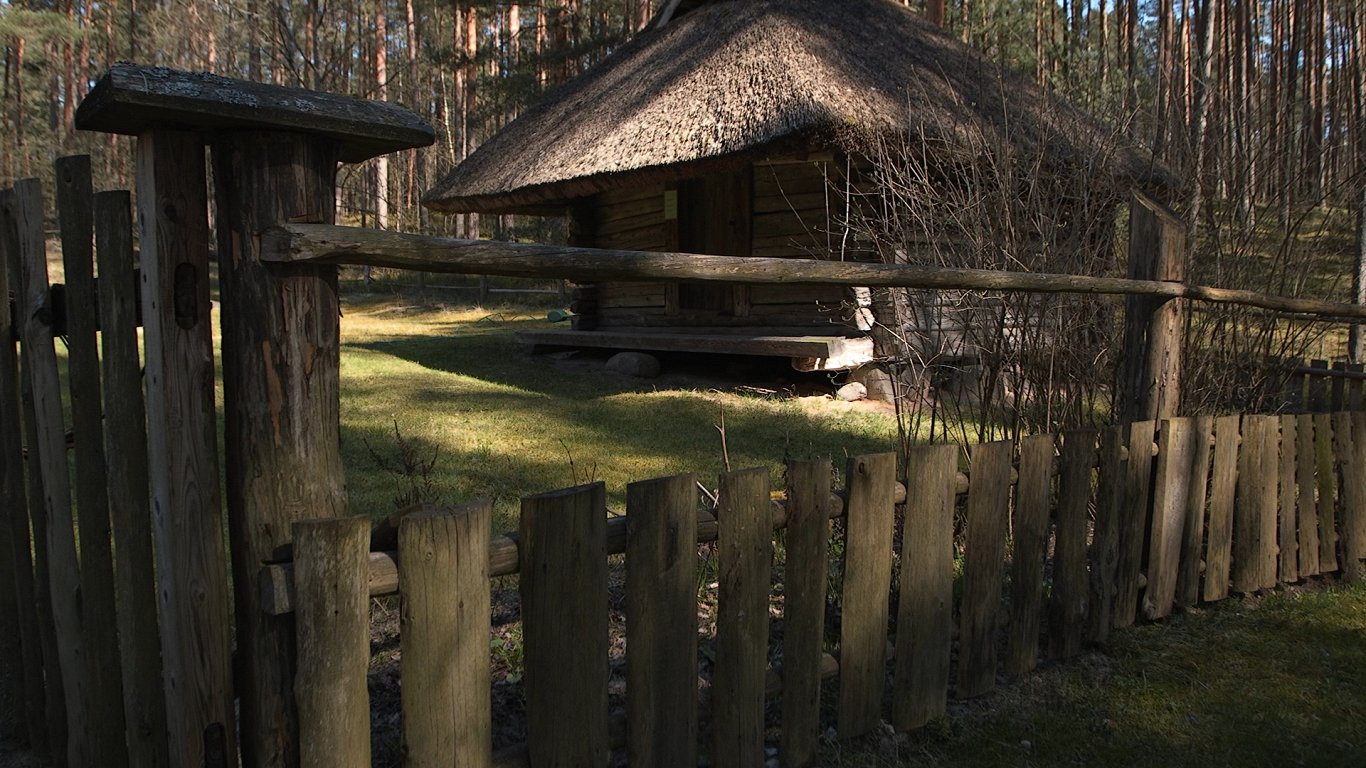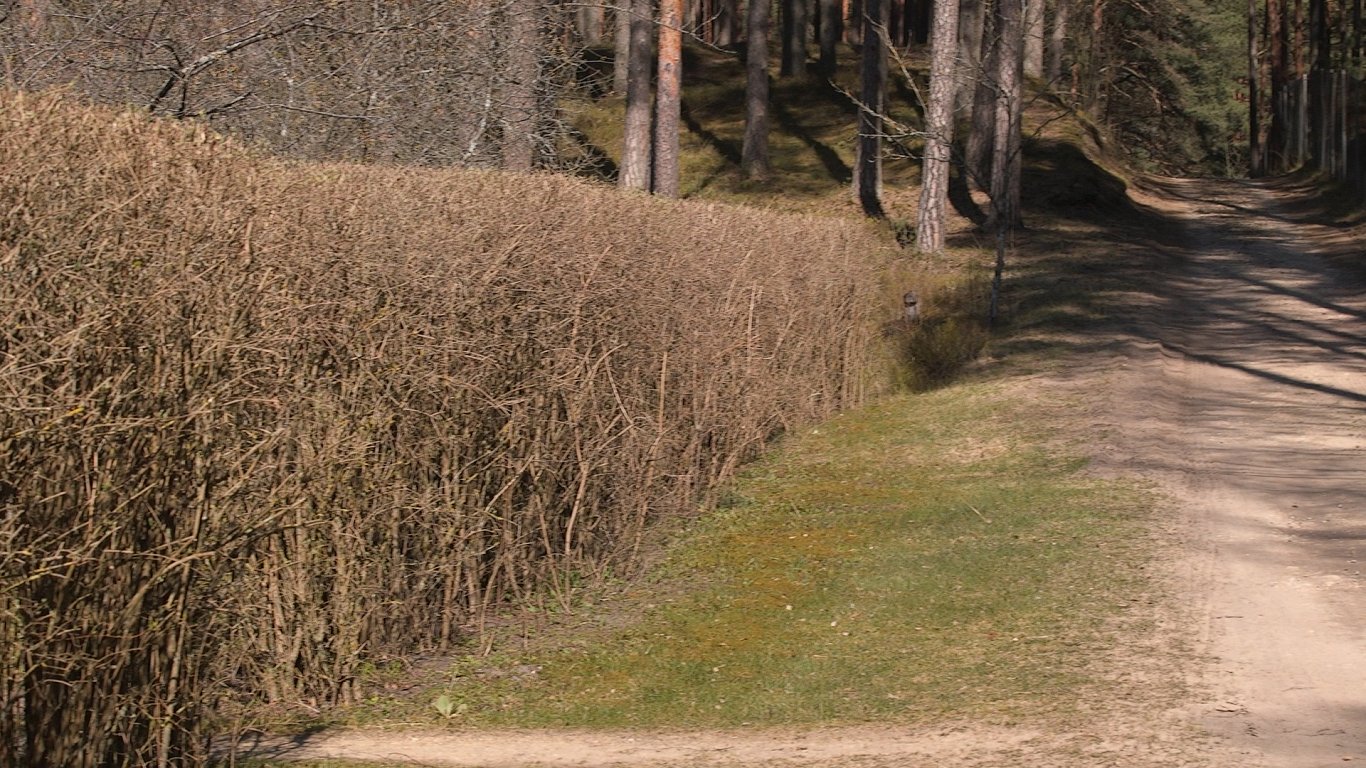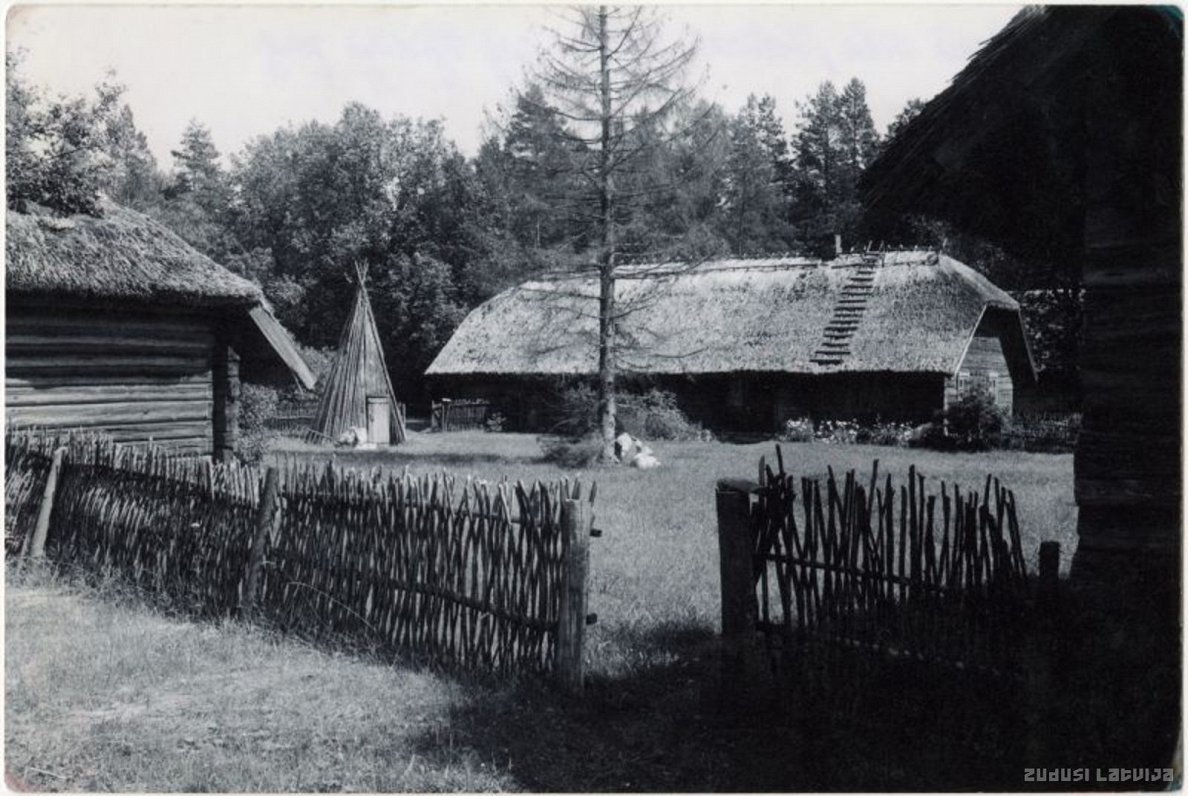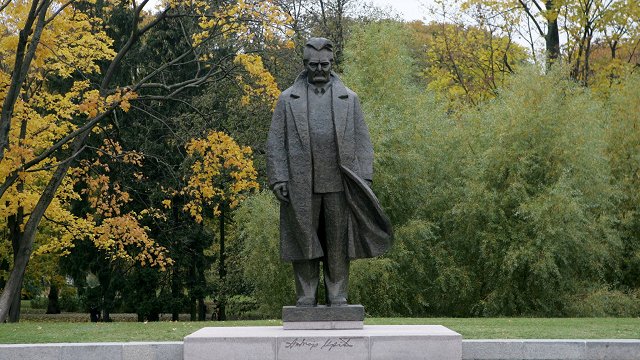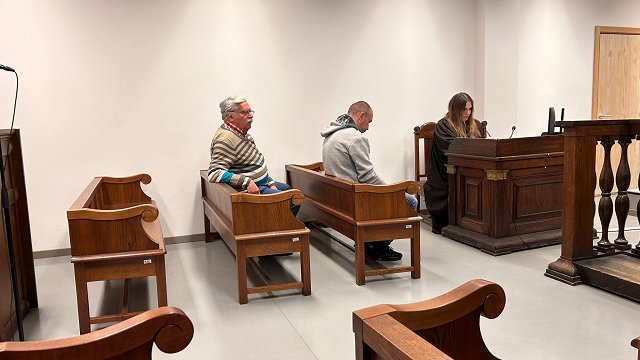Ever since the first human settlements, there has been a need to isolate a spot from animals, enemies, unsolicited guests. Hundreds of years later, the tradition has remained.
The supply of various fencing materials in DIY stores is endless. However, the desire to separate oneself is not only practical but also ingrained in our consciousness from distant ancestry. Wood has been the only material available to almost anyone at all times. Today, it's fashionable to say that a wooden fence is environment-friendly; years ago, it was taken for granted.
Juris Milčs is a crafts weaving master, learned the skill from his grandfather. He can make nearly anything - baskets, furniture, decor - but specializes in fencing. He has built fences for the Latvian Etnographic Open-air Museum and other places in Latvia.
Juris can be contacted via Facebook, home page, or by calling 28725844.
One of the traditional types of Latvian fencing can still be seen around many houses. It is possible to build it with your own two hands.
The material to choose for this type of fence is osier. Building the fence is not complicated, but it is time-consuming.
It is possible to grow osier yourself. The process is lengthy, at least three years, but as a result you'll have clean, tidy material. One can also look for osier in the wild (with necessary permissions) but then the material might be uneven.
The appearance and longevity of the fence will depend on the choice of the material.
First, a structure must be built. There are several options. Vertical poles should be dug into the ground at a distance of 1,5 to 2 meters from one another.
The horizontal poles are placed at the bottom, the middle and the top. If the selected fence height is 1,5 meters, the poles should be placed approximately 35 - 40 cm apart.
Before the wicker is woven in, it is bent slightly.
The wicker is woven between the horizontal poles alternately, tying together firmly. If they are assembled loosely, with time and weather the fence will become lopsided and untidy.
In order for the fence to be straight, the wicker is placed alternately - one with the narrow end up, the next with the fat end up.
When all the wicker is woven in, hit it lightly with a wooden hammer downwards to smooth the top edge.
The material was first published on LSM June 1, 2020.
